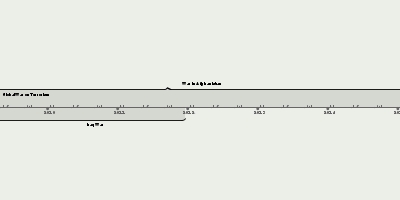Iraqi invasion of Iran (22 set 1980 ano – 5 dez 1980 ano)
Descrição:
On September 10th, 1980, Iraq, hoping to take advantage of a weakened Iran's consolidation of the Islamic Revolution, forcibly reclaimed territories in Zain al-Qaws and Saïf Saad; these had been promised to Iraq under the terms of the 1975 Algiers Agreement, but were never actually transferred. Both Iran and Iraq later declared the treaty as null and void, doing so on September 14th and September 17th, respectively. As a result, the only outstanding dispute along the Iran–Iraq border at the time of the Iraqi invasion on September 22nd was the question of whether Iranian ships would fly Iraqi flags and pay navigation fees to Iraq while sailing through a stretch of the Shatt al-Arab spanning several kilometres. On September 22nd, Iraqi aircraft pre-emptively bombarded ten Iranian airfields in an ultimately unsuccessful attempt to gain aerial superiority on the battlefield. On the next day, Iraqi troops crossed the international border in strength and advanced into Iran in three simultaneous thrusts along a front of approximately 644 kilometres (400 mi). Of Iraq's six divisions that were invading by land, four were sent to Iran's oil-rich Khuzestan in order to cut off Iranian access to the Shatt al-Arab and establish a territorial security zone.Iraqi president Saddam Hussein presented the invasion as a strategically defensive measure to blunt the edge of Iranian politician Ruhollah Khomeini, who had risen to power as Iran's "Supreme Leader" and was attempting to export the Islamic Revolution to the Arab world. Saddam, as a secularist and an Arab nationalist, perceived Iran's Shia Islamism as an immediate and existential threat to his Ba'ath Party and thereby to Iraqi society as a whole. Fellow Gulf states such as Saudi Arabia and Kuwait (despite being hostile to Iraq) encouraged Iraq to attack, as they feared that an Islamic revolution would take place within their own borders. Certain Iranian exiles also helped convince Saddam that if he invaded, the fledgling Islamic republic would quickly collapse. In particular, Saddam was assured of Saudi support for an invasion of Iran during his August 1980 visit to Saudi Arabia. The Iraqi government sought to take control of the entire Shatt al-Arab in a rapid and decisive military campaign, believing that Iraq's victory in the broader conflict would humiliate Iran and lead to Khomeini's downfall, or, at the very least, thwart the new Iranian government's attempts to spread Khomeinism throughout the Muslim world. Saddam had also aspired to annex Khuzestan and saw the Islamic Revolution as an opportunity to do so, seeking to increase his country's prestige and power in the Arab world. To this end, his administration hoped that Iraq, as an Arab-majority country, could successfully exploit Arab separatism in Khuzestan to undermine Iran from within. In practice, these objectives failed to materialize and the majority of Iranian Arabs were indifferent to the pan-Arabism espoused by Iraq's Ba'athists.
Adicionado na linha do tempo:
Data:
22 set 1980 ano
5 dez 1980 ano
~ 2 months and 14 days
